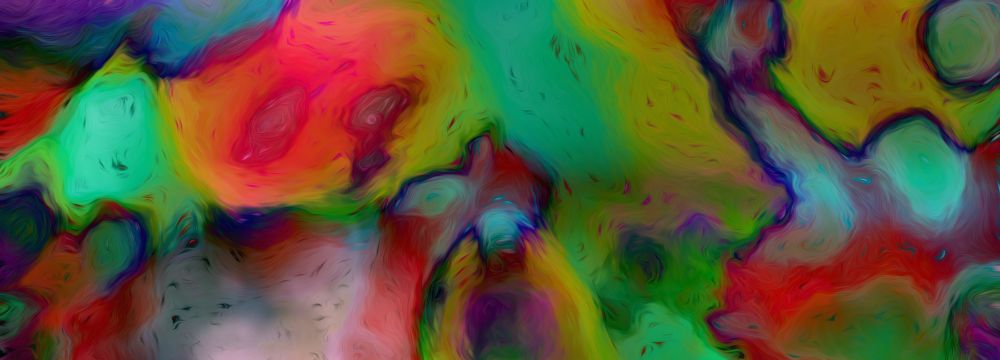Fairytales: Harry, Cary, And LSD

True to its name, the LSD Flashback is back. As if taking a trip on the notorious hallucinogenic, the public is experiencing a kaleidoscope of visions and messages. Admittedly, the illusions are second-hand, reported by the actual users. However, the upshot is renewed interest in possibilities for this drug, which began fascinating the world in the late sixties.
Why has the flashback arrived now? This time (there have been other times, inspired by other celebrities, and we will discuss this later), the current re-visitation is courtesy of the former (by his hand) British royal, Prince Harry Windsor. His revelations about needing and using psychedelics are sparking interest in and sales of his recently released autobiography, SPARE.
From the very first page, even readers too young to know Harry’s story will feel the depth of his emotional turmoil. The dedication is to his wife and children, and then, heartbreakingly, “and, of course, my mother.” It’s clear that the following pages will be a quest for inner peace, even if through hallucinogenic drugs.
“People are fascinated by hallucinogens because they are mysterious, because it may be time to make psychedelics legal for some uses…yet there is still so much we need to learn,” says Ben Brafman, Chief Clinical Officer, and Co-Founder at The Sylvia Brafman Mental Health Clinic. “One thing we know for sure,” he continued. “Once you have taken the drug, the trip effect can return—something like grabbing the ring on the merry-go-round. You win a free ride but don’t know when the music will start again. This is called a flashback. It can be startling and frightening. So forewarned is forearmed.”
Ben and many others are waving a red flag of warning – an example of why psychotropic drugs should be dispensed and taken only under professional medical supervision. LSD was declared illegal in 1966. Prince Harry agrees at the outset that his autobiography would have begun “Once upon a time,” with “happily ever after” as the last line in a perfect world. But later, he describes a “scary” trip at a friend’s home, the actress and filmmaker Courteney Cox. It came about because a box of black diamond mushroom chocolates was in the refrigerator for the recreation of guests. Harry took a few. He had never considered such things as “recreation.” They were to help him cope with a “horror-filled” life, the climax of which was the death of his beloved mother. Part of Harry’s horror was witnessing that mother’s suffering. Abandoned at an early age by her mother, who left Earl Spencer for another man, Diana’s further anguish was visited upon her by a cast of characters seemingly more villainous than even Shakespeare could have dreamed up. She fled.
Harry must have keenly felt her absence, missing her and no doubt worrying about her as she traveled the world trying to find a new life. Simultaneously, she was lobbying for people in distress – Pakistanis who needed a cancer hospital; Angolans who needed land mines removed from their soil. Ben continues: “This is why family participation is a core part of our clinical measures. Support for the patient comes from breaking down barriers to communication. Establishing new understanding facilitates recovery.”
Also, fairytale-like is the narrative about film star Cary Grant. Stunningly handsome. Debonair. Speaking with a mesmerizing British accent. It was said that all women wanted him, and all men wanted to be him. With such qualifications, he deserved to, and indeed did, marry one of the wealthiest women in the world, Woolworth Department Stores heiress Barbara Hutton. When that marriage fell apart, friends who knew blamed the back story: Eleven-year-old Cary, born Archibald Leach, came home from school one day to find his mother gone. His father told him she had died. Many years later, Cary discovered that she was alive, in a mental institution to which her alcoholic husband had her committed.
Reunited, Cary cared for his mother for the rest of her life. But his own life, primarily his marriages, continued to be shackled by the maternal deprivation he had suffered. Eventually, he was treated by a doctor specializing in LSD therapy. He was “so happy with the results” that in his will, he bequeathed a hefty sum to the doctor. Yet, Dyan Cannon, a subsequent ex-wife, authored a book in which she blamed LSD use for the breakup of their marriage.
Truth in Metaphors: As to couching these cases in a metaphor, the language of fairy tales, certainly agreement would come from the eminent developmental psychologist Dr. Bruno Bettelheim.
Bettelheim’s work dealt with emotionally disturbed children, notably those with autism. He advanced a theory about fairytales being fraught with characters who have problems and even suffer cruelty – a mean stepmother, a wolf menacing the forest through which a little girl must pass on her way to grandma’s house, parents who take the kids out for a walk to lose them. While “fairytale” might mean an idyllic happy ever existence to some people, Bettleheim compared them to an inhumane environment that leads to psychologically damaged personalities. His heroes, however, eventually seek autonomy, integrity, and dignity.
Perhaps as a balm for the maternal deprivation he had suffered, Prince Harry explained his actions since his marriage to Meghan Markle and becoming a father in recent interviews. Heart-wrenching choices, like leaving England and stepping down as a royal, he explained by pointing out that his mother had been hounded to death by paparazzi, and he now needed to protect his family.
Perhaps he sees his earlier foray into psychedelics as a similar act – protection. In this case, self-protective coping.
Perhaps SPARE is too.
If drugs like LSD are to be a topic of public discussion once again, some facts would be helpful. Gleaned from multiple sources, they might constitute a layperson’s condensed version of the PDR (Physicians’ Desk Reference).
LSD (Layperson’s Substance Directory) §LSD’s full name is lysergic acid diethylamide. Other psychedelics include MDMA, ketamine, ayahuasca, and Psilocybin. Recent research has shown that, if taken in a professional therapeutic setting, there is value in some of them (ketamine, for example, for Depression and PTSD…Post-Traumatic Stress Disorder). §MDMA is Methlene dioxymethamphetamine, known as “Ecstasy,” in tablet form or “molly” in crystals. Wikipedia says it is ” a potent empathogen with stimulant properties,” taken for “recreational” purposes. Possession is illegal. § Google defines so-called “recreational” drugs as “taken for enjoyment, typically illegally.”
Ben Brafman concludes by advising, “Dispensed and taken under accredited medical supervision is the thoughtful, adult way to take drugs…the only way.”



